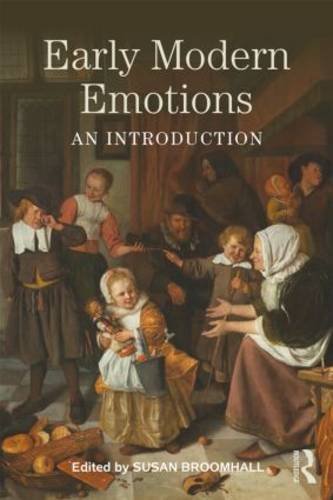

Most ebook files are in PDF format, so you can easily read them using various software such as Foxit Reader or directly on the Google Chrome browser.
Some ebook files are released by publishers in other formats such as .awz, .mobi, .epub, .fb2, etc. You may need to install specific software to read these formats on mobile/PC, such as Calibre.
Please read the tutorial at this link: https://ebookbell.com/faq
We offer FREE conversion to the popular formats you request; however, this may take some time. Therefore, right after payment, please email us, and we will try to provide the service as quickly as possible.
For some exceptional file formats or broken links (if any), please refrain from opening any disputes. Instead, email us first, and we will try to assist within a maximum of 6 hours.
EbookBell Team

4.1
20 reviews
Early Modern Emotions is a student-friendly introduction to the concepts, approaches and sources used to study emotions in early modern Europe, and to the perspectives that analysis of the history of emotions can offer early modern studies more broadly.
The volume is divided into four sections that guide students through the key processes and practices employed in current research on the history of emotions. The first explains how key terms and concepts in the study of emotions relate to early modern Europe, while the second focuses on the unique ways in which emotions were conceptualized at the time. The third section introduces a range of sources and methodologies that are used to analyse early modern emotions. The final section includes a wide-ranging selection of thematic topics covering war, religion, family, politics, art, music, literature and the non-human world to show how analysis of emotions may offer new perspectives on the early modern period more broadly.
Each section offers bite-sized, accessible commentaries providing students new to the history of emotions with the tools to begin their own investigations. Each entry is supported by annotated further reading recommendations pointing students to the latest research in that area and at the end of the book is a general bibliography, which provides a comprehensive list of current scholarship.
This bookis the perfect starting point for any student wishing to study emotions in early modern Europe.